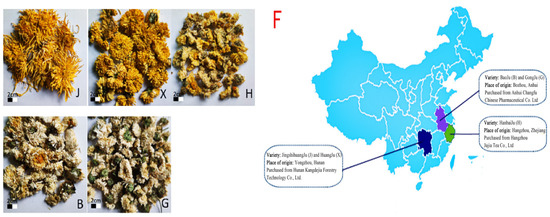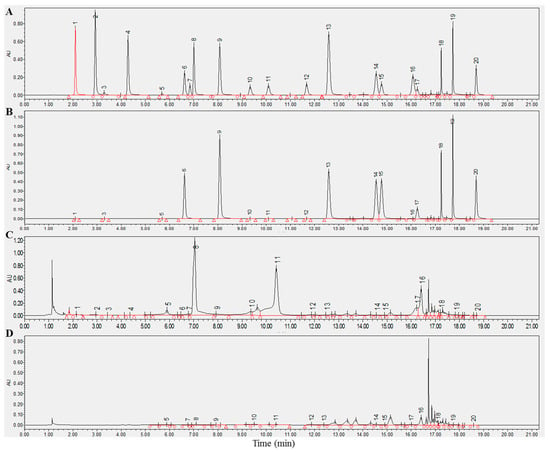Advances in Tea Chemistry
A project collection of Foods (ISSN 2304-8158). This project collection belongs to the section "Plant Foods".
Papers displayed on this page all arise from the same project. Editorial decisions were made independently of project staff and handled by the Editor-in-Chief or qualified Editorial Board members.
Viewed by 16482Editors
Interests: tea flavor chemistry; tea beverage processing and quality control
Special Issues, Collections and Topics in MDPI journals
Interests: tea; tea deep processing and diversified utilization
Interests: tea flavor; tea deep processing and diversified utilization
Project Overview
Dear Colleagues,
Tea is well-loved all over the world. Flavor is a leading factor influencing consumer behavior, preferences, and choices of tea. Health-beneficial function is another important reason for its popularity. Nowadays, brewing is not the only way to consume tea. Tea and its extracts are added to foods, beverages, and nutraceuticals.
A great number of secondary metabolites, including flavan-3-ols, phenolic acids, purine alkaloids, tannins, saponins, flavonols and their glycosides, tannins, and saponins, contribute to the flavor and functions of tea. The chemical composition of tea is affected by the origin, variety, postharvest treatment, processing method, storage, and so on. Currently, scientists pay attention to the improvement of tea and tea products with high quality, low cost, and a long shelf life. They also focus on strategies to increase the bioactivity and bioaccessibility of tea because some components in tea are vulnerable and easily degrade after intake.
The present Special Issue aims at providing a platform for the scientific community to present their high-quality research primarily on tea chemistry. We invite researchers to contribute original research articles as well review articles, in several related fields, such as food science, analytical chemistry, tea processing, flavor chemistry, extraction technology, food functions, risk assessment, and encapsulation technology.
Prof. Dr. Yongquan Xu
Dr. Ying Gao
Guest Editors
Dr. Qingqing Cao
Guest Editor Assistant
Manuscript Submission Information
Manuscripts should be submitted online at www.mdpi.com by registering and logging in to this website. Once you are registered, click here to go to the submission form. Manuscripts can be submitted until the deadline. All submissions that pass pre-check are peer-reviewed. Accepted papers will be published continuously in the journal (as soon as accepted) and will be listed together on the collection website. Research articles, review articles as well as short communications are invited. For planned papers, a title and short abstract (about 100 words) can be sent to the Editorial Office for announcement on this website.
Submitted manuscripts should not have been published previously, nor be under consideration for publication elsewhere (except conference proceedings papers). All manuscripts are thoroughly refereed through a single-blind peer-review process. A guide for authors and other relevant information for submission of manuscripts is available on the Instructions for Authors page. Foods is an international peer-reviewed open access semimonthly journal published by MDPI.
Please visit the Instructions for Authors page before submitting a manuscript. The Article Processing Charge (APC) for publication in this open access journal is 2900 CHF (Swiss Francs). Submitted papers should be well formatted and use good English. Authors may use MDPI's English editing service prior to publication or during author revisions.
Keywords
- flavor chemistry and sensory quality of tea
- analytical chemistry in tea products
- tea processing and storage
- extraction technology for tea functional components
- activity, bioaccessibility, and bioavailability of tea functional components
- tea food and beverages


















